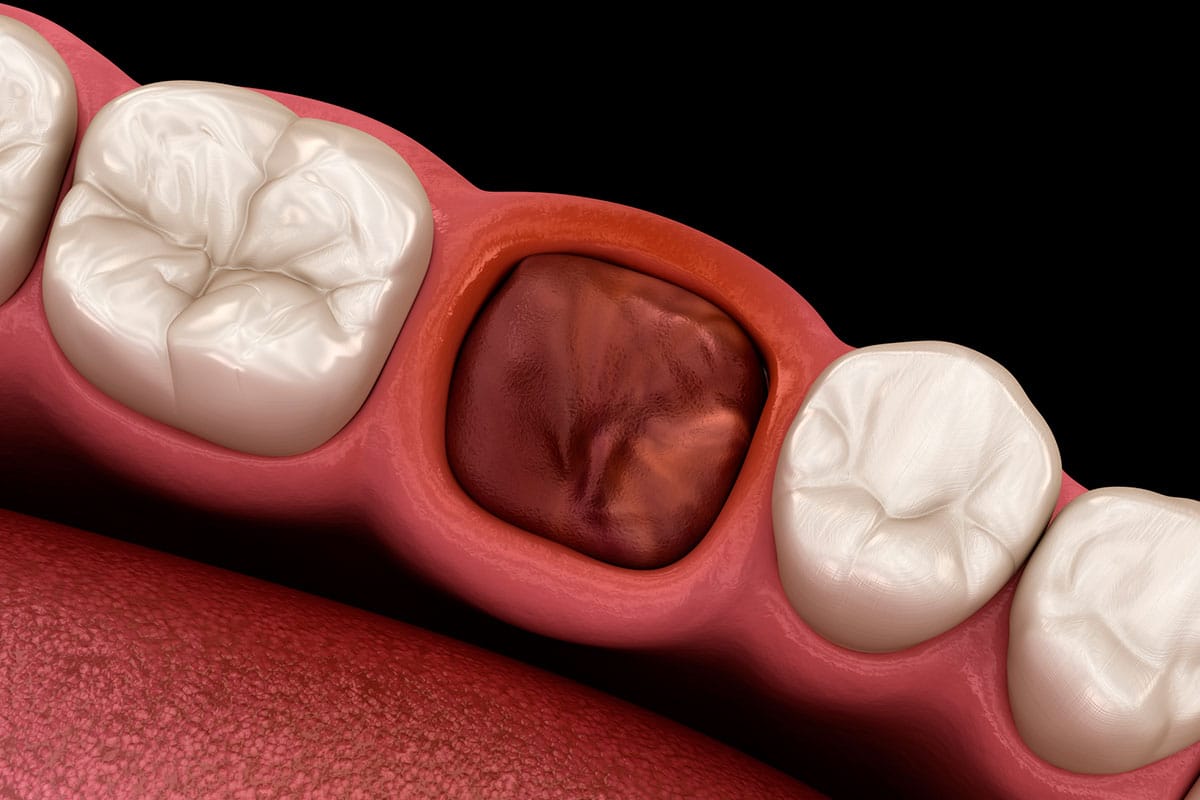Removal of one or more teeth is sometimes in the best interest of your oral health. Whether it’s a severely decayed tooth, gum disease, or a wisdom tooth, extraction may be needed to prevent serious issues. Tooth extraction is a relatively simple procedure in most cases, and with the right follow up care, the recovery period is short.
However, in some situations post-procedure complications may arise. One common problem is dry socket, a condition that affects the site of a tooth extraction. Learn more about dry socket, what to do if you experience it, and how to prevent it.
What is a Dry Socket?
After a tooth is extracted, a blood clot forms in the socket that stops bleeding and promotes healing of the tissues. If this clot becomes dislodged or never forms, the resulting condition is referred to as dry socket. Without treatment, dry socket can prevent healing and lead to an infection at the extraction site.
Symptoms of Dry Socket
If you have a dry socket, you may experience any of the following symptoms:
- Severe pain at the extraction site
- An empty socket that is deep enough to see the bone
- A bad taste in your mouth or bad breath
- Fever (indicates infection)
- Enlarged lymph nodes (indicates infection)
Treatment for Dry Socket
Dry socket requires treatment. If you experience any of the above symptoms, you should contact the dentist or dental specialist who performed your procedure. You will need to return for a follow-up appointment where the appropriate treatment will be applied.
- The socket will be flushed and disinfected.
- A medicated dressing will be applied.
- You may be prescribed pain medication.
- If there are signs of infection, you may be prescribed an antibiotic.
- Once the dressing is removed you’ll need to rinse with salt water a few times a day according to instructions.
Preventing Dry Socket
If you have had one or more teeth extracted, it is important that you follow the post-procedure instructions provided by your dentist. To prevent dry socket:
- Do not smoke or use tobacco products.
- Do not drink from a straw for at least one week following your procedure.
- Practice good oral hygiene habits by brushing and flossing away from the empty socket until the tissues have healed.
- Tell your dentist if you take oral contraceptives, as high estrogen levels can increase your risk of developing dry socket.
- Tell your dentist if you have had dry socket before because your risk is higher.
Frequently Asked Questions About Dry Socket
When is it safe to drink from a straw following a tooth extraction?
About a week after your procedure it should be safe for you to drink from a straw. For the lowest possible risk of dry socket, wait at least 2 weeks or until your dentist gives you permission.
Can you treat dry socket at home?
If you think you may be experiencing dry socket, it is best to contact your dentist or dental specialist to seek treatment. Although the dry socket is usually resolves on its own after 10 days, it is usually a painful period and the infection could progress into more serious healthissues.
Schedule Your Appointment
If you are in need of tooth extraction, reduce your risk of developing dry socket with Progressive Periodontics and Implant Dentistry. As a periodontal practice we specialize in tooth extractions and conditions affecting the support structures for the teeth, including the gums and jaw. At Progressive Periodontics and Implant Dentistry, Dr. Gordon can also provide alternative tooth replacement solutions where needed including implant therapy.
Contact us today to learn more and schedule an appointment.
